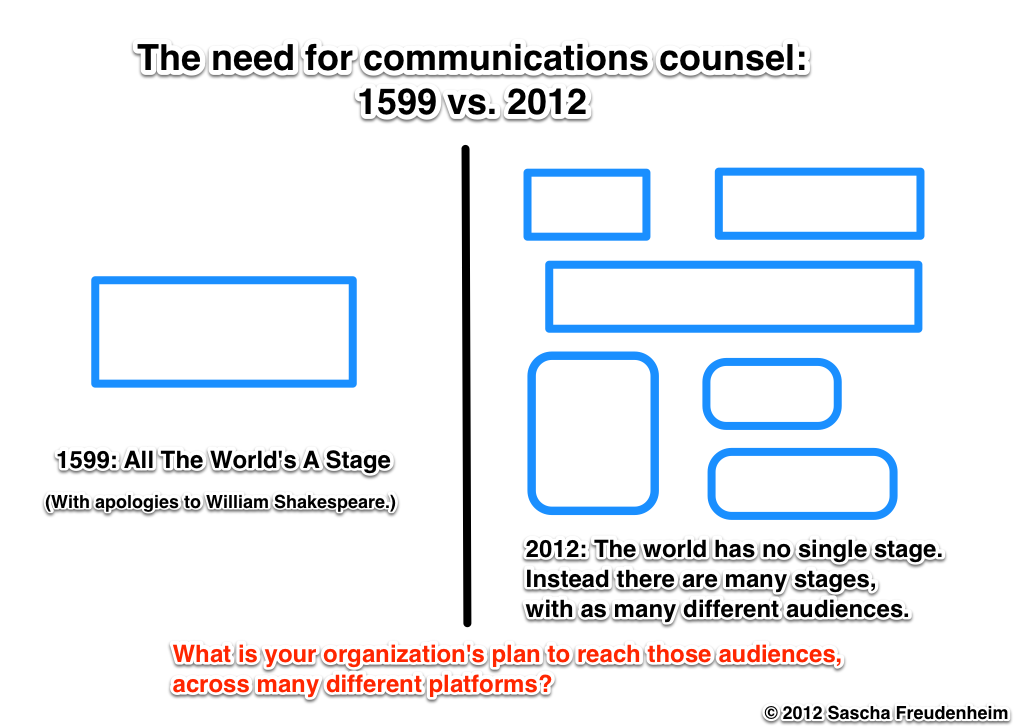Last week, I was looking around for the old “definition” of stress, to share with a colleague who hadn’t heard it. In the process, I found this other humorous saying, about which I had long forgotten: “Poor Planning on Your Part Does Not Automatically Constitute An Emergency On Our Part”. I chuckled, much as I probably had when I first saw it in someone’s office years ago.
Then I woke up a little and remembered what I do for a living.
As a consultant, this little truism is utterly untrue. Often, much of the reason we exist is to help clients through emergencies. On at least a few occasions, those emergencies are the result of poor planning on the part of the client.
This does sometimes create dilemmas. The truth embedded in this saying is part of human nature: dealing with problems you never anticipated and for which you may feel like you don’t have the time is not always going to generate sympathy. Most of us have been in this position, personally if not professionally, and our reaction has surely been: “Ugh!” Depending on who is asking for help, it may be an emotional dilemma or just a practical one.
For a consultant, there are often opportunities in a crisis. There may be a momentary pause while trying to assess the nature and degree of the emergency and how rapidly everything else must be dropped. The opportunity, however, is more than just a matter of new fees. Helping a client in an emergency can generate goodwill from the people being helped, and that can sustain a consulting relationship over time. Sometimes–and much to people’s surprise–a crisis can also be a moment that draws out the best or most creative thinking, revealing new ideas or insights with long-term value.
It all leads to another saying: “The customer is always right.” And it is a good reminder that these little truisms are often as much about how we think and act as they are about how we feel. Don’t deny frustrations–but don’t necessarily express them to the client, either. Instead, find ways to channel them, and to separate the irritation of the immediate moment from the opportunity and the need.
Hey, someone needs your help. Whatever the reason, if you’re a consultant that has to be a good sign.




